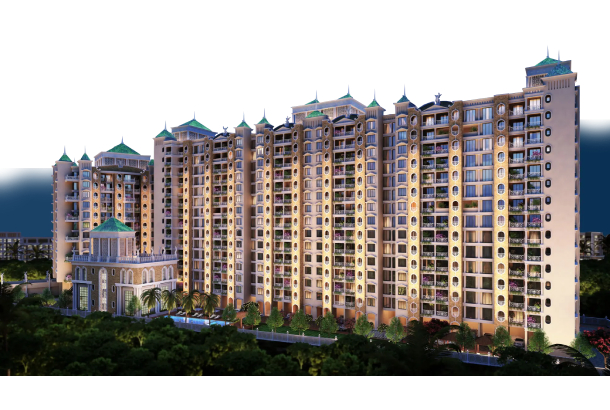by Sanjeev Bhandari, Founder and CEO, AirBrick Infra
The integration of cutting-edge technologies has become imperative for transforming conceptual ideas into tangible structures. One such technological marvel that has revolutionized the architectural design process is 3D visualization. Gone are the days of relying solely on 2D blueprints; today, architects are using the power of three-dimensional visualization to breathe life into their designs and create immersive, realistic representations of their vision.
The evolution of architectural visualization
Traditionally, architects relied on hand-drawn sketches and 2D plans to convey their design concepts. While these methods provided a basic understanding of spatial relationships, they often fell short of capturing the essence and depth of a design. With the advent of computer-aided design (CAD) software, architects were able to create digital 2D representations, offering a more precise visualization of their ideas. However, it was the leap into 3D visualization that truly transformed the landscape of architectural design.
Benefits of 3D visualization
– Enhanced communication
One of the primary advantages of 3D visualization in architectural design is its ability to enhance communication. Architects can now present their ideas to clients, stakeholders, and construction teams in a more accessible and compelling manner. Three-dimensional renderings provide a realistic depiction of the proposed structure, allowing all parties involved to gain a comprehensive understanding of the design intent.
– Iterative design process
3D visualization facilitates an iterative design process. Architects can easily make adjustments and refinements to their designs, exploring various possibilities and alternatives. This dynamic process not only accelerates decision-making but also ensures that the final product aligns closely with the client's vision and expectations.
– Realistic simulation
The realism offered by 3D visualization is unparalleled. Advanced rendering techniques enable architects to simulate various lighting conditions, material finishes, and even the surrounding environment. This level of detail allows stakeholders to experience the space as if it were already built, fostering a deeper connection with the design and enabling informed decision-making.
– Cost and time efficiency
While traditional design methods often involved expensive physical models and lengthy approval processes, 3D visualization streamlines the design workflow. It minimizes the need for costly physical prototypes and reduces the time spent on revisions. This efficiency not only benefits the architects but also contributes to overall cost savings in the construction process.
– Marketing and presentation
Architects and firms leverage 3D visualization as a powerful marketing tool. Stunning, lifelike renderings serve not only as design tools but also as marketing materials to attract potential clients. Whether used in presentations, websites, or promotional materials, these visualizations effectively communicate the unique selling points of a project.
The technological landscape
The rapid advancements in technology have further enriched the field of 3D architectural visualization. Augmented reality (AR) and virtual reality (VR) have emerged as game-changers, offering immersive experiences that allow clients and stakeholders to virtually walk through a space before it is constructed. These technologies not only enhance the design review process but also provide a more engaging and interactive way to experience architectural concepts.
Moreover, cloud-based collaboration platforms enable architects to seamlessly share 3D models with team members and clients, fostering a collaborative and transparent design process. This connectivity ensures that all stakeholders are on the same page, minimizing misunderstandings and potential issues during the construction phase.
Challenges and future trends
While 3D visualization has undoubtedly transformed architectural design, it is not without its challenges. The technology's accessibility and affordability, particularly for smaller firms, remain concerns. However, with the ongoing democratization of design tools and the rise of user-friendly software, these barriers are gradually diminishing.
Looking ahead, the integration of artificial intelligence (AI) and machine learning (ML) into 3D visualization holds promise for further revolutionizing the field. These technologies have the potential to automate certain aspects of the design process, making it even more efficient and allowing architects to focus on the creative aspects of their work.
To sum it up
3D visualization has ushered in a new era for architectural design, pushing the boundaries of imagination and turning concepts into reality. Its ability to enhance communication, streamline the design process, and provide realistic simulations has made it an indispensable tool for architects worldwide. As technology continues to evolve, the future of 3D visualization in architecture holds exciting possibilities, promising even more efficient, realistic, and innovative design solutions.


















